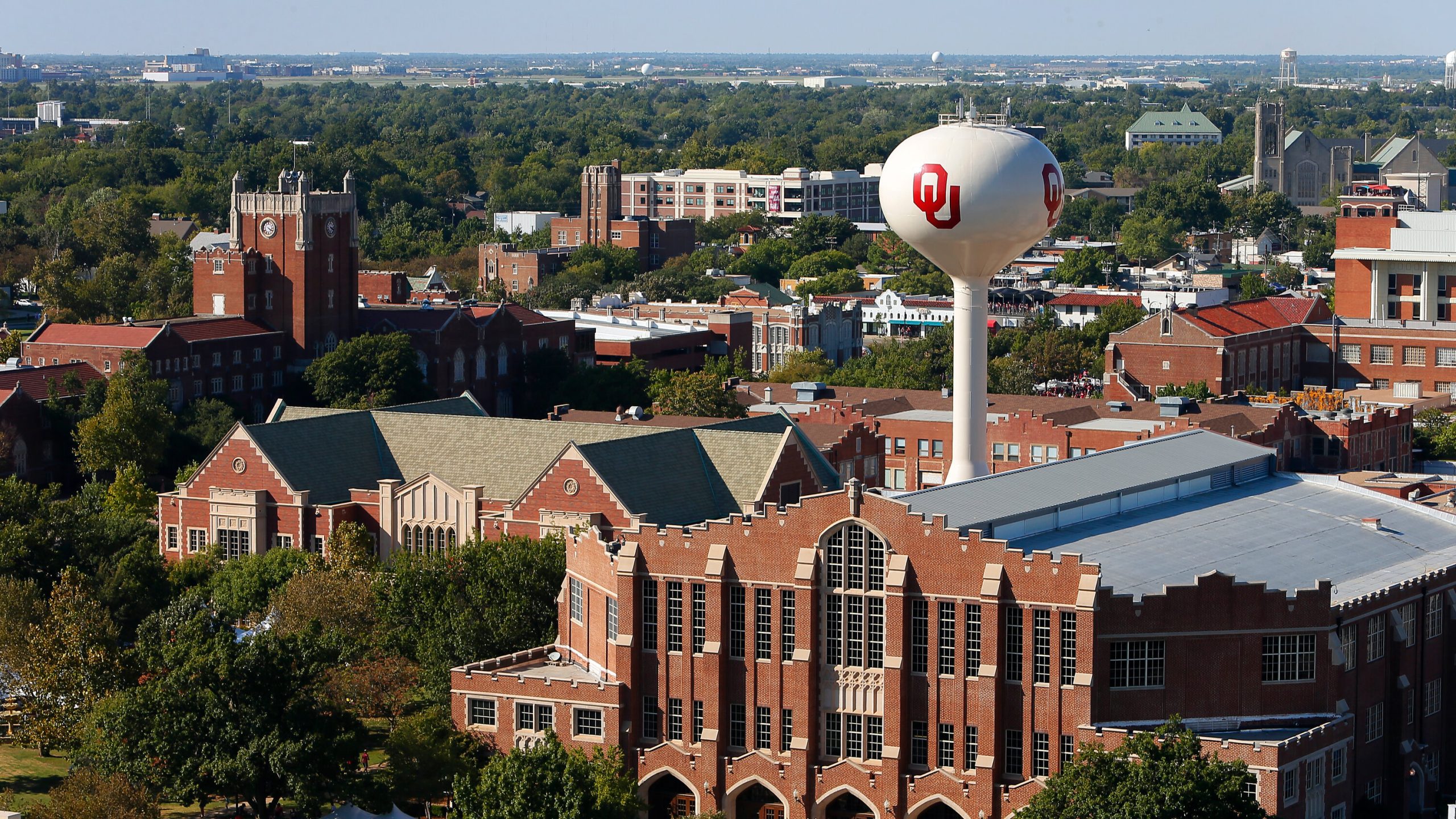New Delhi has also been a long-time defense partner of Moscow
India and the United States have signed an agreement to supply each other with resources critical for national security, the US Department of Defense (DOD) has announced.
The Pentagon and India’s Ministry of Defense have entered a bilateral, non-binding Security of Supply Arrangement (SOSA), the DOD announced in a statement on Thursday.
“The Arrangement will enable both countries to acquire the industrial resources they need from one another to resolve unanticipated supply chain disruptions to meet national security needs,” it reads.
The agreement was signed during Indian Defense Minister Rajnath Singh’s official visit to Washington, where he met with his American counterpart, Lloyd Austin. The Pentagon described the SOSA as “a pivotal moment” in the defense partnership between the US and India.
India’s defense ministry said on Friday that the SOSA encourages cooperation between the two countries and enhances the resilience of the supply chain.
India is the 18th SOSA partner of the US, joining the UK, Israel, several EU states, Australia, South Korea, and other nations.
In 2023, India and the US agreed on a roadmap for future defense industry cooperation in areas such as air combat and support, intelligence, surveillance and reconnaissance, and munitions. The roadmap came shortly before Indian Prime Minister Narendra Modi visited the US in June of that year.
At the time, leading media outlets such as the Washington Post and the Financial Times ran articles stating that despite wide cooperation between the two nations, India is not a US ally and will never be one. According to Time magazine, the Indian leadership has long “prioritized foreign policy independence as a central feature” of the country’s “approach to the world.
In late July, a similar stance was voiced by US Deputy Secretary of State Kurt Campbell, who said that India is a great power but will never be a formal ally or partner of the US. “But it doesn’t mean that we cannot have the strongest of possible relationships as allied nations on the global stage,” he added.
Last month, Modi visited Russia on a two-day trip, during which he met with Russian President Vladimir Putin. In a post on X (formerly Twitter), the Indian prime minister said he was “looking forward to further deepening the Special and Privileged Strategic Partnership” between Moscow and New Delhi.
Both countries are due to conclude a military logistics agreement, which would pave the way for more defense exchanges, Chietigj Bajpaee, a senior South Asia research fellow at the UK-based Chatham House told AP at the time. Roughly 60% of India’s military equipment and systems are of Russian origin, he noted.
In June, the Russian government approved a draft agreement between Moscow and New Delhi on the procedures for the mutual dispatch of military personnel, airplanes and ships. Under the deal, the forces may be sent to conduct joint exercises and training, provide humanitarian assistance, and help deal with the consequences of natural and man-made disasters.
Before the outbreak of the Ukraine conflict, the two countries signed an agreement lasting until 2030 on cooperation between their armed forces, and on the supply and development of arms and military equipment.
India emerged as one of Russia’s main trading partners after Western countries imposed sanctions against it over Ukraine. Narendra Modi’s government has repeatedly called for dialogue and requested a diplomatic solution to the conflict.




